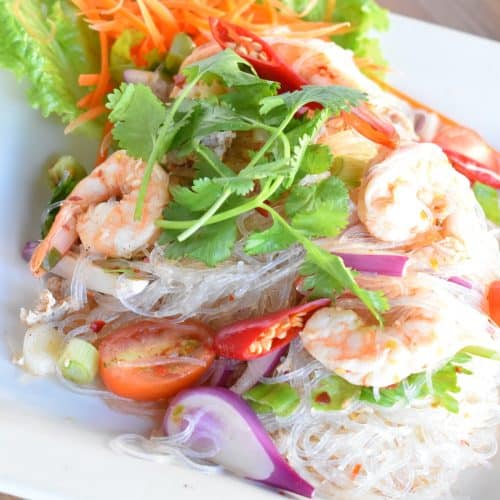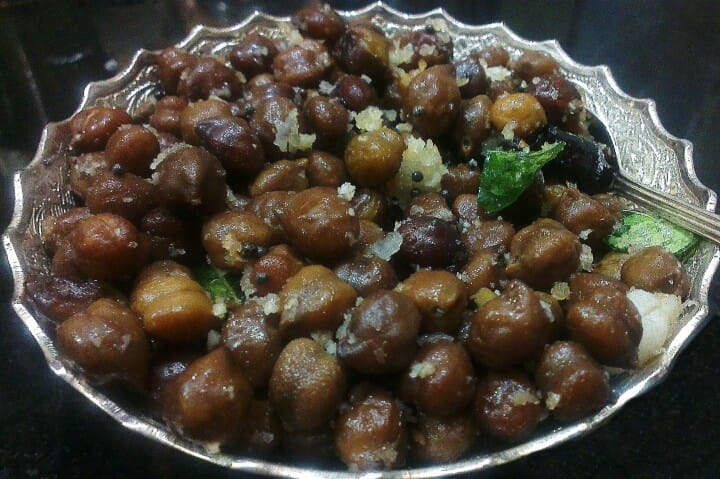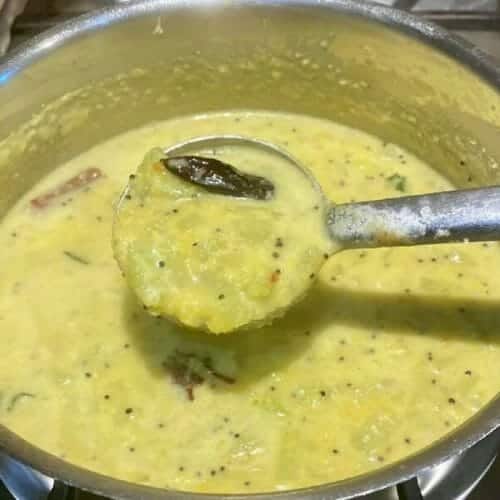Awadhi cuisine, the crowning jewel of Lucknow’s culinary heritage, presents a symphony of flavours that continues to captivate food lovers worldwide. Rooted in the grandeur of the royal kitchens of the Nawabs of Awadh, this cuisine is a testament to artistic cooking techniques, the intricate use of spices, and captivating flavours.
The elaborate Awadhi cuisine dishes and refined recipes developed under the patronage of the Nawabs have become the essence of what we know today as Awadhi cuisine. Join us on this culinary journey as we unravel 10 must-try Awadhi food from the cuisine of Lucknow.
10 Signature Dishes of Awadhi Cuisine That Will Make You Say “Wow!”
Awadhi cuisine offers a plethora of mouth-watering specialities that beautifully illustrate a saga of royal heritage and culinary finesse. From succulent, melt-in-the-mouth Awadhi kebabs to flavorful biryanis, aromatic curries, hearty stews, and delectable sweets, each dish is a masterpiece in itself. Embark on a gastronomic journey into the heart of Awadh as we delve deeper into some of the most renowned dishes of this cuisine, tantalising your taste buds with their unique flavours and captivating aromas.
1. Galouti Kebab
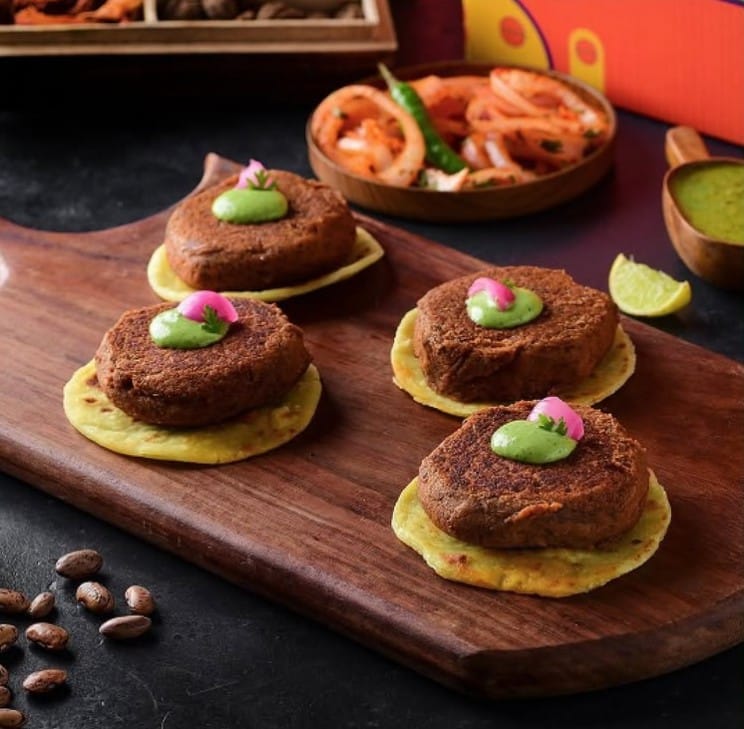
Galouti Kebab
User @ambersardelivers
Perhaps the most iconic dish of Awadhi cuisine, the Galouti Kebab, is a true testament to the skill and artistry of the cooks of Lucknow’s royal kitchens. Known for their “melt-in-mouth” texture, these kebabs are crafted from finely minced lamb or beef, marinated with over 150 aromatic spices. This intricate marinade not only infuses flavour but also tenderises the meat, aided by the inclusion of raw papaya paste.
The delicately shaped patties are then pan-fried to perfection, resulting in an explosion of flavours that makes the Galouti Kebab an essential experience of Awadhi cuisine.
2. Awadhi Biryani
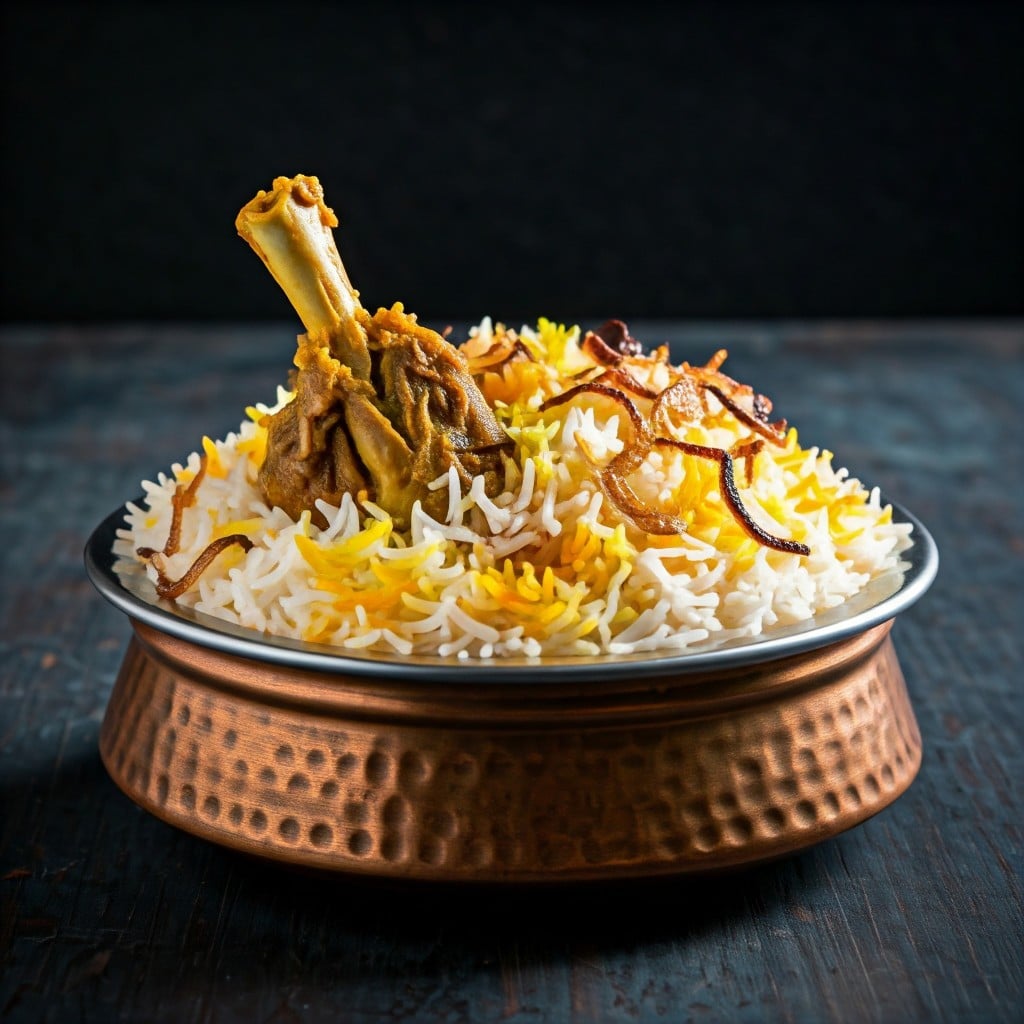
Awadhi Biryani
Appealing to all your senses, Awadhi Biryani is a feast for the eyes, nose, and palate. Known for its delicate flavours and fragrant aroma, the biryani is a delightful representation of the culinary sophistication found in the royal kitchens of Awadh.
Unlike other Indian biryanis, it offers delicate, refined notes rather than bold spiciness. Traditionally prepared using the ‘Dum Pukht’ method, marinated meat and partially cooked rice are layered in a sealed handi and slow-cooked over a low flame.
Rich ingredients such as yoghurt, brown onions, ghee, saffron, and aromatic spices infuse the dish with an irresistible fragrance. The result is perfectly cooked, fragrant Basmati rice harmoniously paired with tender mutton or chicken, evoking Nawabi grandeur.
3. Nihari
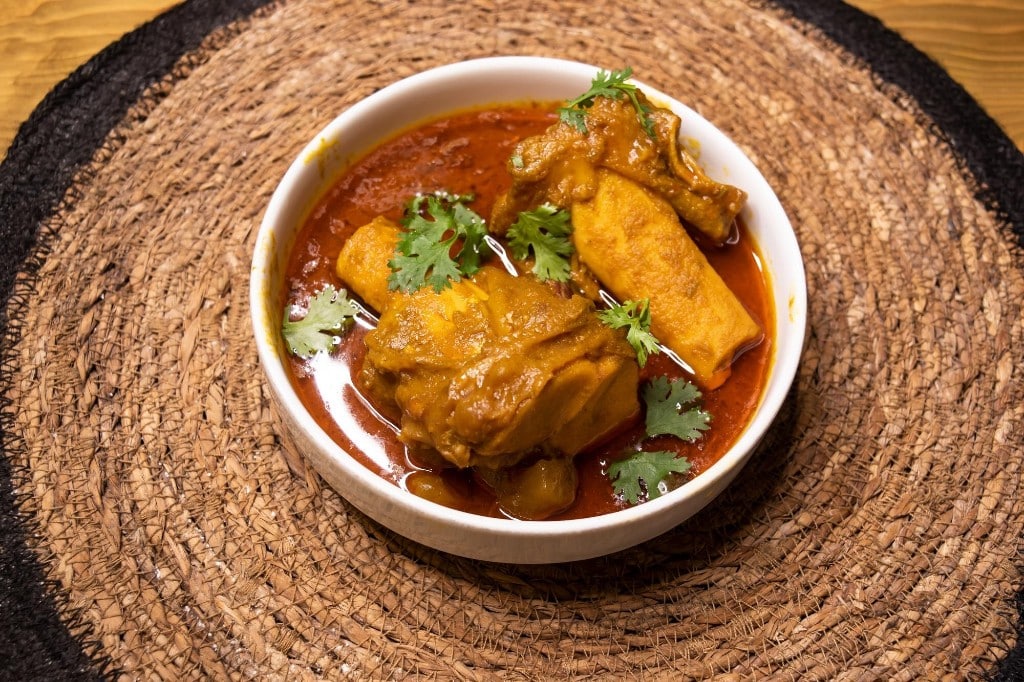
Nihari
Considered as one of the masterpieces of Awadhi culinary heritage, Nihari is a stellar thick stew dish that celebrates the slow cooking tradition. Traditionally made with beef or lamb and a host of spices, it bears witness to the profound culinary techniques employed in the nawabi kitchens.
Nihari is typically allowed to cook overnight or for 6-8 hours, resulting in a dish where the meat is so tender it almost falls off the bone, thus allowing the flavours to develop fully.
In Lucknow, Nihari is often enjoyed as a breakfast dish, paired with Kulcha, a soft, leavened bread. This combination delivers a unique medley of flavours and textures, earning Nihari its well-deserved spot in the list of must-have Awadhi dishes.
4. Shami Kebab
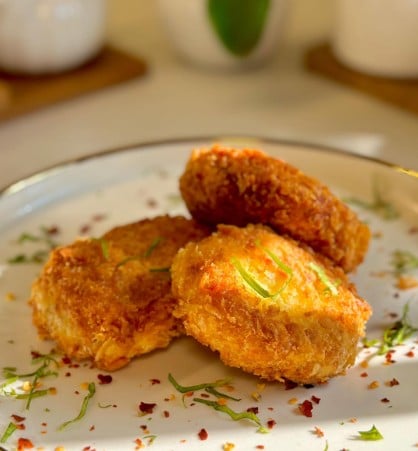
Shami Kebab
User @sarasimplepleasure
An integral part of any Awadhi spread, the Shami Kebab is a sumptuous appetiser that beautifully encapsulates the cultural richness of Lucknow. These kebabs have become icons in their own right due to their distinctive blend of taste and texture.
Shami Kebabs are made from a blend of minced meat, combined with chana dal and a medley of aromatic spices. The mixture is cooked, ground into a fine paste, and shaped into small, flat patties, which are shallow-fried to achieve a golden, crispy exterior and a tender, soft centre.
Each bite offers a delightful mix of tangy meat, subtle lentils, and perfectly balanced spices. Whether enjoyed as a standalone snack, paired with mint chutney, or included in a meze platter, Shami Kebabs are a must-try for lovers of Awadhi cuisine.
5. Kakori Kebab
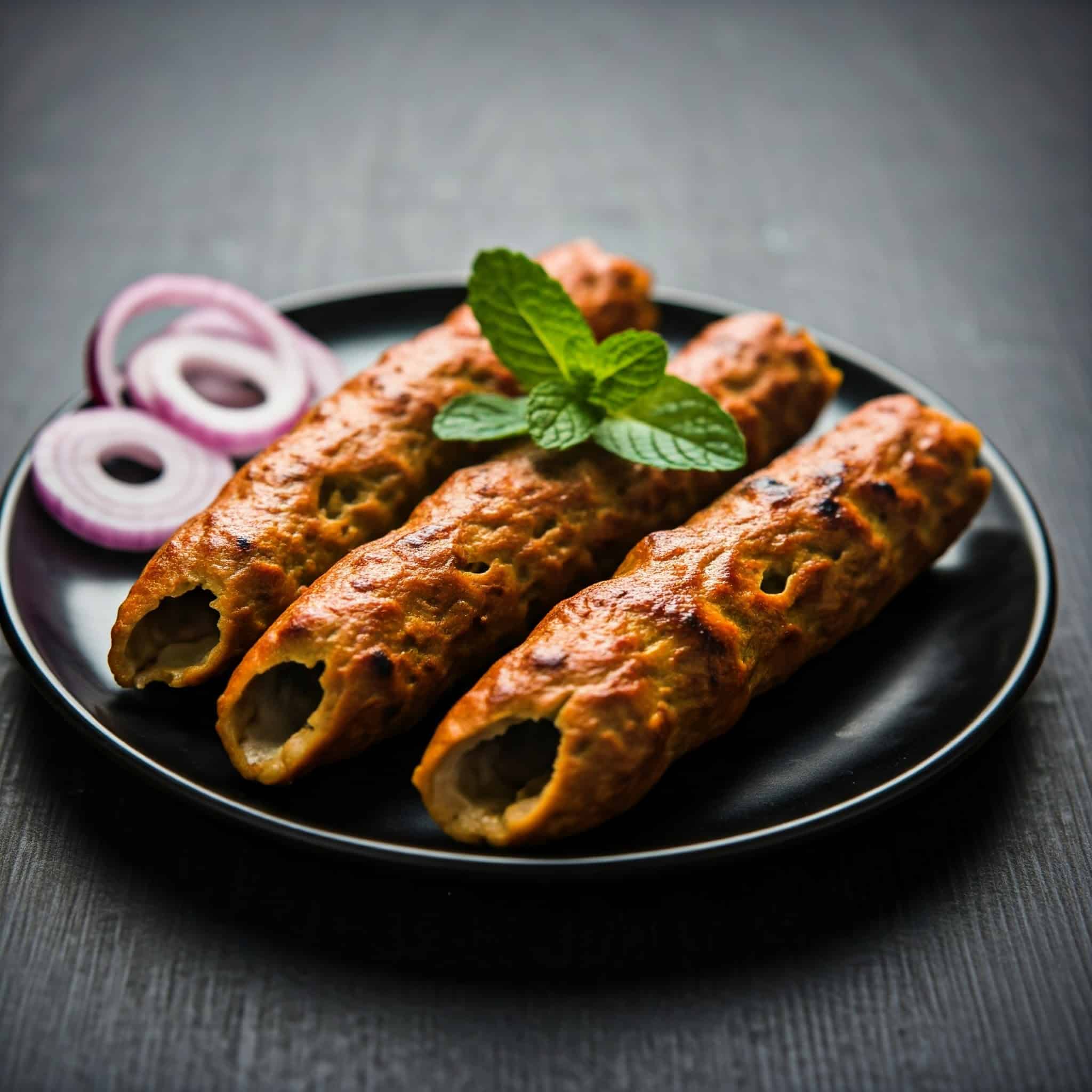
Kakori Kebab
Named after the town of Kakori on the outskirts of Lucknow, the Kakori Kebab is another feather in the cap of Awadhi cuisine. Said to have been created for a toothless Nawab, these kebabs are incredibly soft and tender, practically dissolving the moment they touch your tongue.
Kakori Kebabs are crafted from finely ground lamb mince and marinated with an exquisite blend of spices such as cloves, cinnamon, and cardamom, which lend them a distinctive aroma. The seasoned mixture is expertly threaded onto skewers and grilled over a gentle flame, releasing tantalising aromas as it cooks to perfection.
Its soft, buttery texture and unique flavour profile that blends a host of flavours with perfect harmony make it a beloved part of Awadhi cuisine. Kakori kebabs are truly a sensory feast.
6. Mutton Do Pyaaza
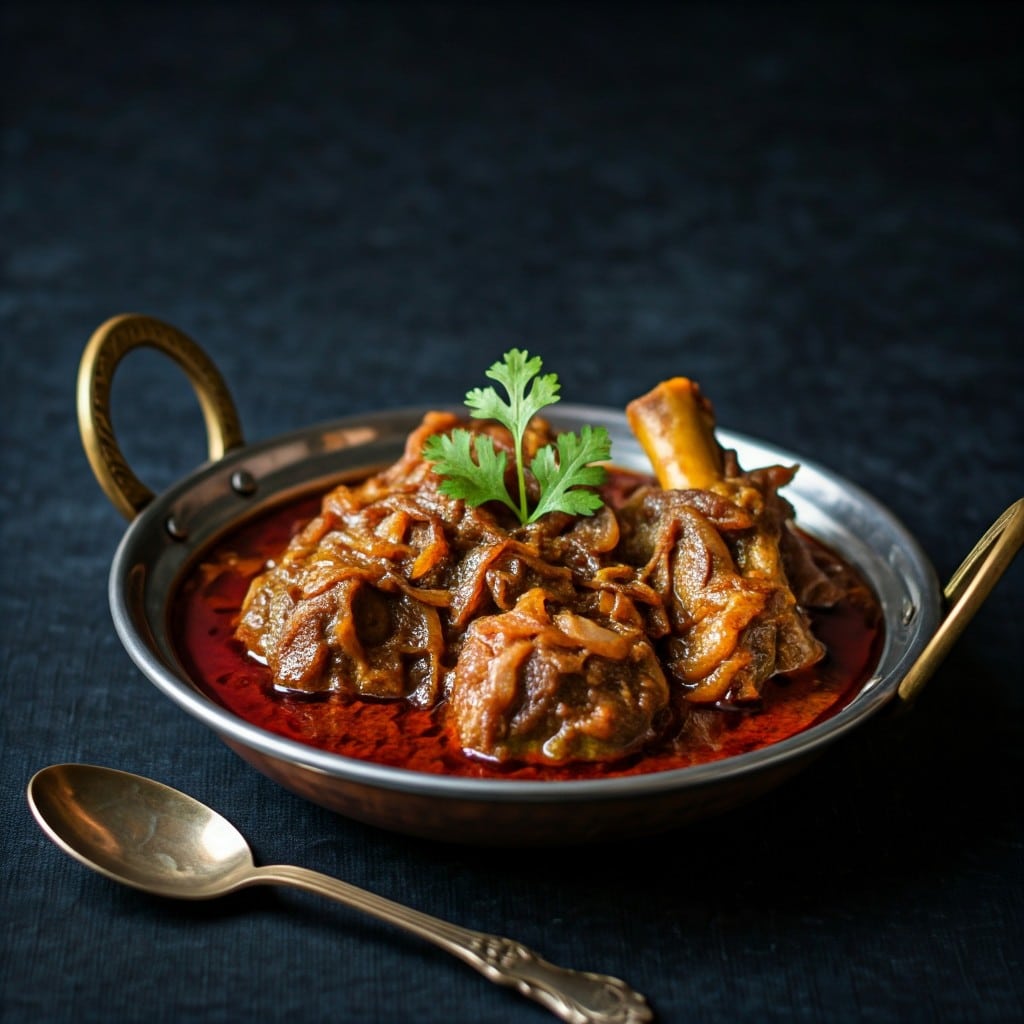
Mutton Do Pyaaza
Mutton Do Pyaaza is an exquisitely flavoured dish that tells the tale of the culinary extravagance of the Nawabs. The dish gets its name from the generous amount of onions (‘pyaaz’) it uses, incorporated in two separate phases during cooking.
This hearty dish is prepared by slow-cooking mutton with aromatic spices, yogurt, and plenty of onions until the gravy thickens and the meat becomes tender enough to pull apart with a fork. Caramelised onions add sweetness and balance the robust spices, while generous ghee enhances the dish’s rich, luxurious flavour.
Mutton Do Pyaaza stands as a testament to the delicate balance of flavours that is central to Awadhi cuisine. Savoured with a side of flaky naan or fragrant rice, it offers a lavish dining experience.
7. Murgh Awadhi Korma
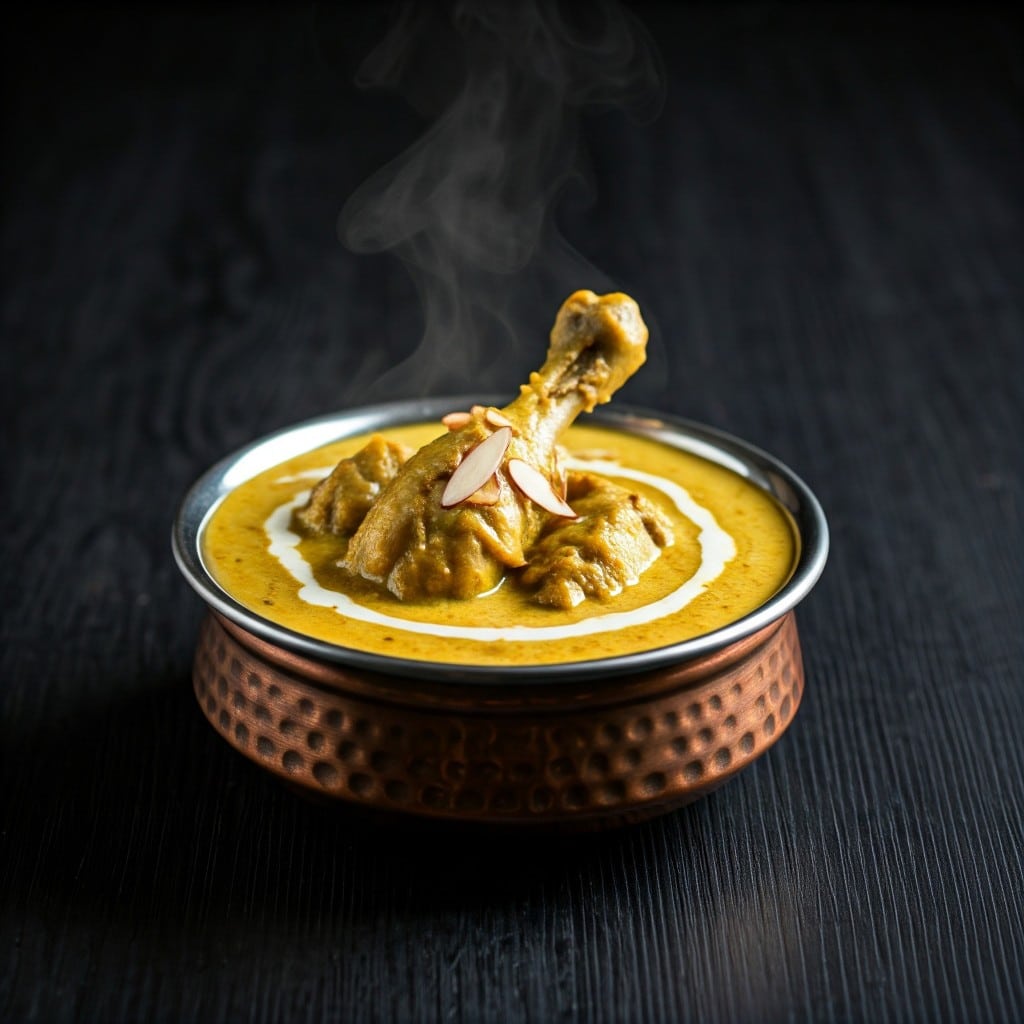
Murgh Awadhi Korma
Whether you’re an avid food connoisseur or someone simply seeking to savour the richest flavours of Awadhi cuisine, the Murgh Awadhi Korma is a dish that promises to leave a profound impression on your palate.
Murgh Awadhi Korma features tender chicken pieces simmered in a creamy, flavourful gravy, embodying the depth of Awadhi cuisine. Slow cooking allows the yoghurt-spice marinade to infuse the chicken, creating a dish rich in taste.
Served hot with flaky naans, rumali roti, or basmati rice, the rich, creamy consistency of the Korma, coupled with the tender chicken, makes it an unforgettable culinary delight that effortlessly captures the essence of the rich culinary tradition of Awadh.
8. Nimona
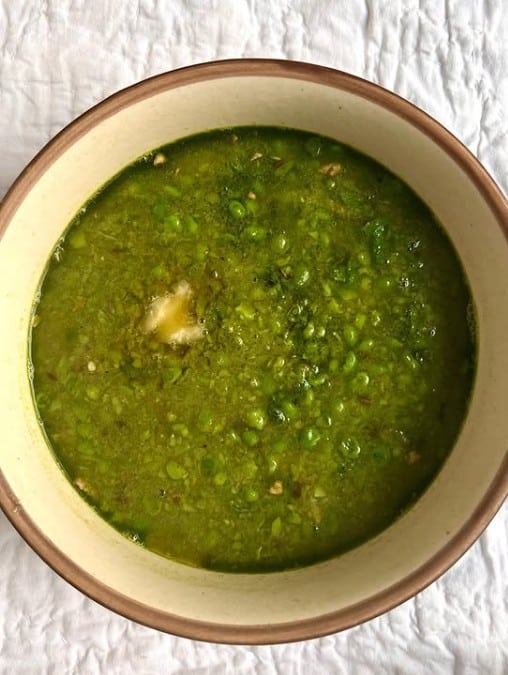
Nimona
User @sangeetaamkhanna
Even amidst a cuisine predominantly noted for its meat-based dishes, the vegetarian delicacies of Awadhi cuisine hold their own. Among these, Nimona stands as a simple yet delectable example of the region’s botanical bounty.
Made with pureed green peas (hara matar), cooked in aromatic spice mix and ghee, it achieves a distinctive, flavourful character. Fresh winter peas add natural sweetness, perfectly balancing the bold spices. Potatoes or paneer (cottage cheese) are sometimes included, enhancing its richness.
With its gentle flavours and heart-warming simplicity, Nimona is a testament to how Awadhi cuisine continues to treasure its vegetarian dishes just as much as its non-vegetarian ones.
9. Sheermal
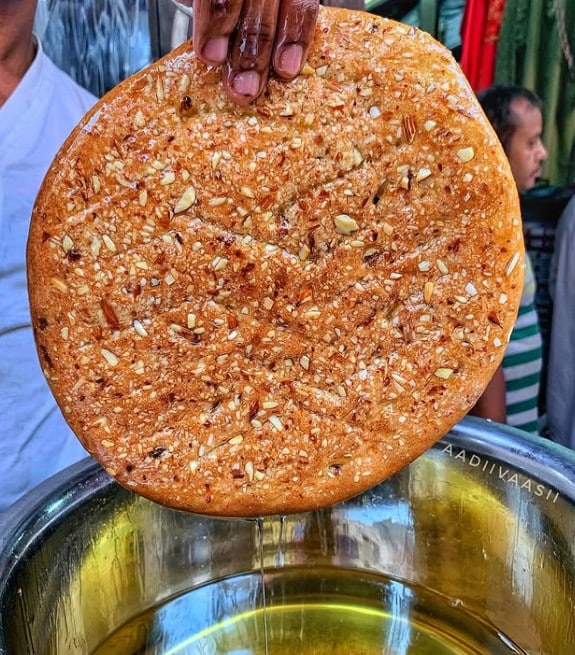
Sheermal
User @aadiivaasiii
The sumptuous array of Awadhi cuisine would not be complete without mentioning Sheermal, a traditional sweet bread esteemed for its richness and enticing aroma. This Persian-influenced bread has been a staple on Lucknow’s dining tables for generations.
Sheermal is crafted by kneading refined flour, milk, sugar, ghee, and saffron—the key ingredient that imparts its golden hue and enchanting fragrance. Shaped into discs, pricked with a fork, and baked in a tandoor, it emerges tender with a lightly toasted exterior.
However, Sheermal is so deliciously rich and subtly sweet that it can be enjoyed on its own or with a cup of hot chai.
10. Kulfi Falooda
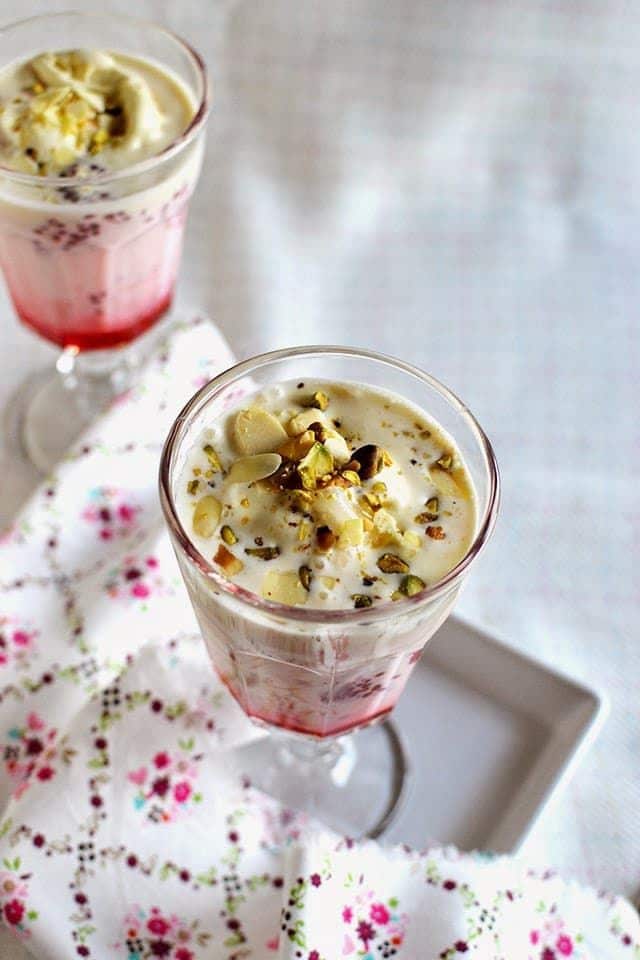
Kulfi Falooda
No robust meal can be truly complete without a sweet ending, and what better way to end an Awadhi meal than with a serving of the classic Kulfi Falooda?
Kulfi is India’s traditional version of ice cream, known for its dense, creamy texture achieved by slowly reducing sweetened milk to a custard-like consistency before freezing it in moulds. Falooda, by contrast, features chewy vermicelli-like strands made from water and arrowroot or cornflour, traditionally sweetened with fragrant rose syrup.
Together, they create a divine pairing—the milky, cardamom-infused kulfi perfectly complements the light, floral falooda. Garnished with crushed nuts and sometimes a drizzle of saffron, Kulfi Falooda is a heavenly dessert, ideal for cooling the palate after a sumptuous Awadhi meal.
Ultimately, Kulfi Falooda is more than just a dessert; it’s a fitting finale to the culinary journey through the opulent realm of Awadhi cuisine.
Click here to get the recipe for our Kulfi Badshahi.
Conclusion
Each dish in Awadhi cuisine is more than just an item on a menu; it’s a cherished fragment of the region’s rich history and cultural legacy. From the melt-in-mouth Galouti Kebabs to the fragrant layers of Dum Pukht Biryani, from the warming Nihari to the sweet bliss of Kulfi Falooda, every dish is a story waiting to unfold on your plate and an experience that begs to be savoured.
Awadhi cuisine always manages to enthral and delight, ensuring a lasting impression on those who seek its mesmerising flavours. So, plan your trip to Lucknow and experience the rich culinary tradition that embodies the spirit of India’s gastronomy like no other.
Frequently Asked Questions
How are Awadhi and Mughlai cuisines different from each other?
Despite their similarities, Awadhi and Mughlai cuisines have distinct identities. While the rich, decadent dishes of Mughlai cuisine are heavy on dairy and dried fruits, Awadhi cuisine represents a more subtle mastery of aromas and flavours, focusing heavily on weaving intricate layers with its array of spices and tender meats.
What is dum style of cooking?
‘Dum Pukht’ is a traditional Indian slow-cooking method dating back to the Mughal era. It involves sealing ingredients in a pot and cooking them over a very low flame, allowing them to simmer in their own juices, bringing out their natural aromas and creating intense flavours.
What were the cooks of nawabs called?
The cooks of the Nawabs in the royal kitchens of Lucknow were known as ‘Bawarchis’ or ‘Rakabdars’. These talented craftsmen wielded an array of elaborate cooking techniques, creating culinary masterpieces that still captivate our taste buds today.
What is dhungar?
The ‘Dhungar’ method is a traditional Indian smoking technique used to infuse a smoky flavour into a dish. A piece of charcoal is heated and placed in a metal cup within the dish, and ghee is drizzled onto the coal to create smoke, which is then sealed into the dish.
What is gile hikmat?
Gile Hikmat is a traditional slow-cooking technique in Awadhi cuisine, where food is sealed in a pot using a dough lid and cooked over low heat. This method ensures that the dish retains its natural flavours, aromas, and juices, resulting in rich and tender preparations.







